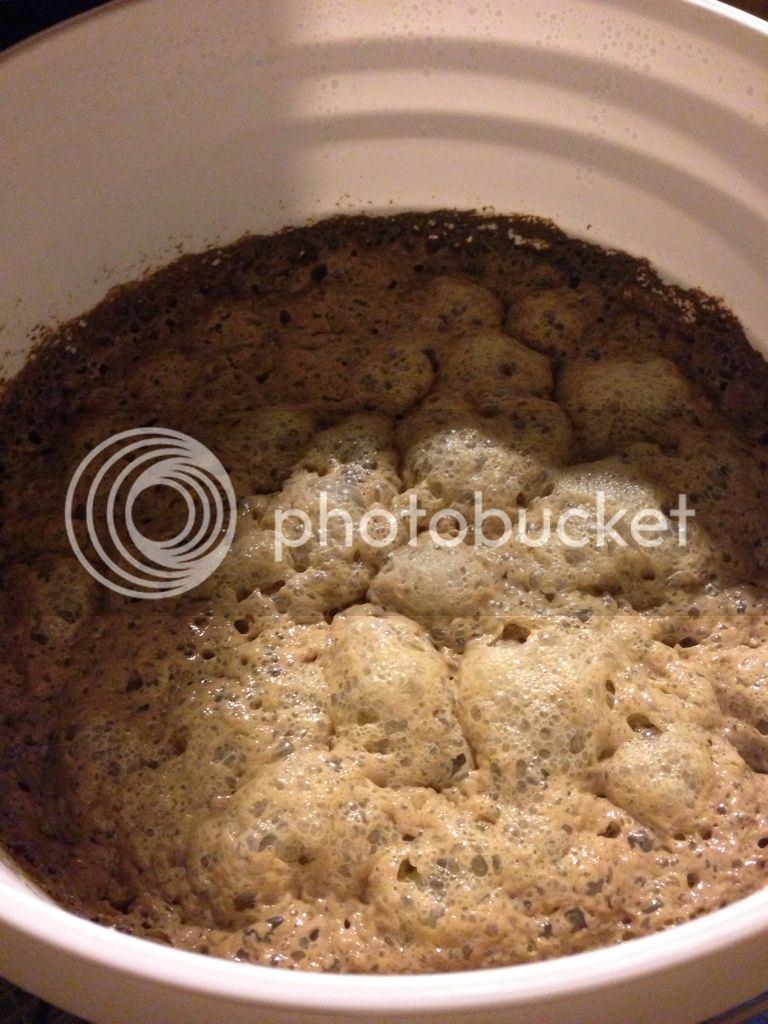I know I just need to be patient, but I'm so new!
We brewed our first brew, and Amber Ale from a kit. We used a Wyeast Liquid Yeast however. I'm not sure if I agitated the wort enough or not...
It's a 5gal batch, fermenting in a 6.5 gallon ale pail. After about 12 hours, the airlock was bubbling once every 5 seconds. After 24 hours, it's not bubbling at all, although there is pressure as evidenced by the lid.
The ambient temperature is between 67-69, but the stick on thermometer reads 73 degrees. I moved it to the basement, where the ambient is closer to 61-65 degrees.
With all that said, I'm planning on letting it sit for 3 weeks in the primary before bottling. I should be good... right?
We brewed our first brew, and Amber Ale from a kit. We used a Wyeast Liquid Yeast however. I'm not sure if I agitated the wort enough or not...
It's a 5gal batch, fermenting in a 6.5 gallon ale pail. After about 12 hours, the airlock was bubbling once every 5 seconds. After 24 hours, it's not bubbling at all, although there is pressure as evidenced by the lid.
The ambient temperature is between 67-69, but the stick on thermometer reads 73 degrees. I moved it to the basement, where the ambient is closer to 61-65 degrees.
With all that said, I'm planning on letting it sit for 3 weeks in the primary before bottling. I should be good... right?



